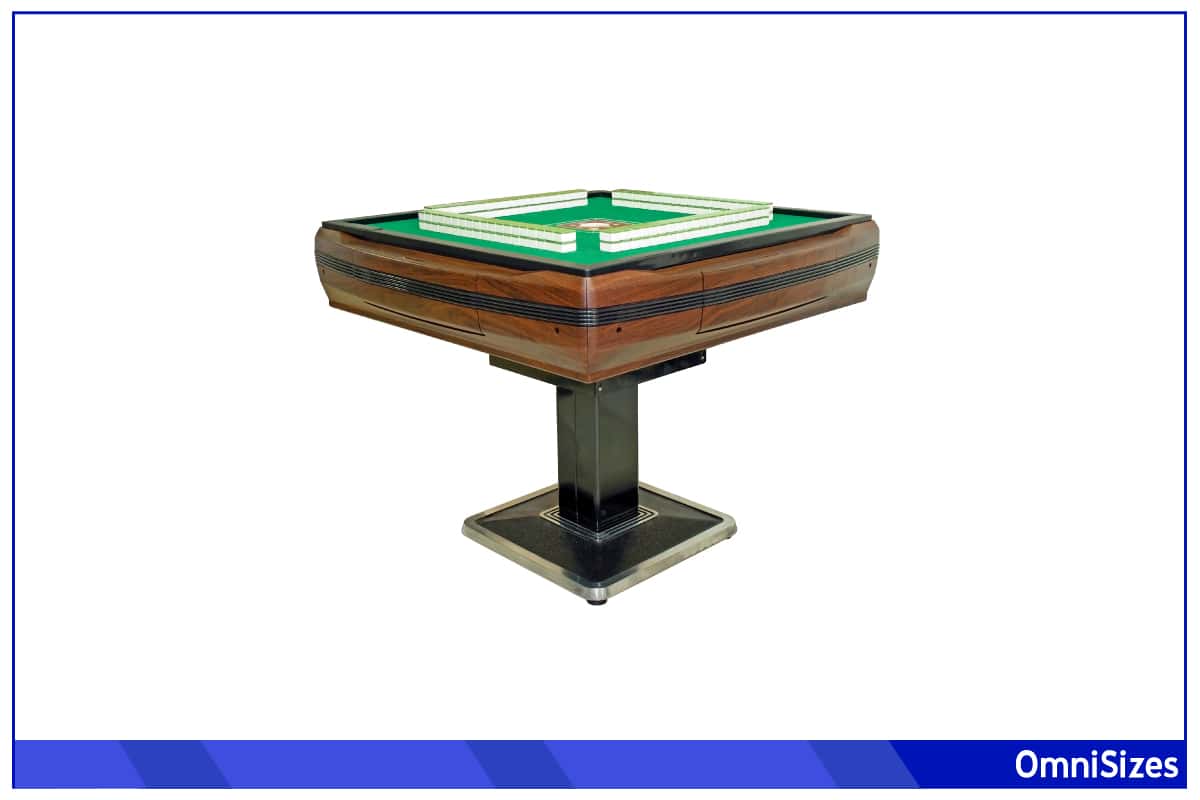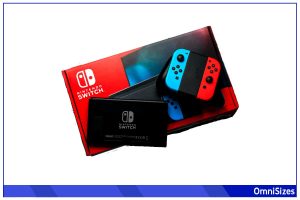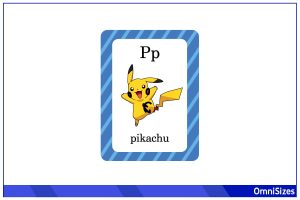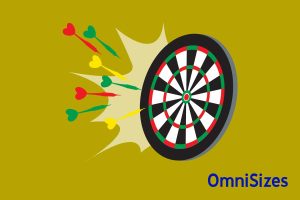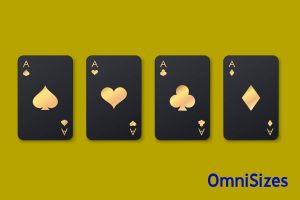Mahjong is played by millions around the world. When it comes to setting up a game, mahjong table sizes play a crucial role in the overall experience. The right size not only accommodates the physical components but also enhances comfort and ease of play.
The standard mahjong table size is typically 34 × 34 inches (86.36 × 86.36 centimeters). However, sizes can vary, with larger tables measuring up to 40 × 40 inches (101.6 × 101.6 centimeters) for more spacious play, and smaller ones, often portable, are about 30 × 30 inches (76.2 × 76.2 centimeters), suitable for limited spaces or travel.
This guide will take you through the world of mahjong tables by describing standard table dimensions in more detail, the types of mahjong tables, and how to choose the best size.
Standard Mahjong Table Dimensions
Mahjong, a game beloved worldwide, is played on a variety of tables. The size of a mahjong table can significantly affect the gameplay experience, especially during official tournaments.
Variations in Different Countries
Different countries and regions have developed their own variations in mahjong table sizes to suit local preferences and styles of play. For instance:
China: In China, where mahjong originated, tables often measure around 28 × 28 inches. These slightly smaller tables reflect the traditional Chinese style of play, which often involves quicker hand movements and a more compact layout.
Japan: Japanese mahjong, known as Riichi Mahjong, uses tables that are typically 35 × 35 inches. This size is slightly smaller than the international standard to accommodate the unique rules and play style of Japanese mahjong.
United States: In the U.S., tables often adhere to the international standard. However, larger tables measuring up to 40 × 40 inches are also common, especially in venues where more space is available.
International Standard Size
The international standard for mahjong tables is typically 34 × 34 inches. This offers a balance between space for the tiles and comfort for the players. The height of these tables usually ranges from 28 to 30 inches. This standard size is ideal for the traditional four-player game, allowing ample room for tile shuffling and storage.
Types of Mahjong Tables
While mahjong is usually played on square tables, there’s a wide range of mahjong tables that meet different needs and preferences.
1. Foldable Tables
Foldable mahjong tables are a popular choice for players with limited space or those who enjoy the mobility of their game. These tables can easily be folded and stored away when not in use, making them ideal for small apartments or multipurpose rooms. Typically, foldable tables measure around 30 × 30 inches. They are usually made of lightweight materials like aluminum or reinforced plastic for easy transportation.
2. Permanent Fixtures
These tables are designed to be stationary and often feature ornate designs and robust construction. They can range in size from the standard 34 × 34 inches to larger dimensions for a more spacious play area. Common materials include solid wood and high-density fiberboard.
3. Automatic Mahjong Tables
Automatic mahjong tables represent the pinnacle of convenience and technology in mahjong play. These innovative tables shuffle and deal tiles automatically, significantly reducing game setup time. Standard sizes for automatic tables are similar to traditional tables, but they often require additional space for the mechanical components.
4. Outdoor Mahjong Tables
Outdoor mahjong tables are designed to withstand the elements. These tables are typically made from weather-resistant materials like treated wood or metal with a rust-proof coating. Sizes can vary, but most outdoor tables adhere to the standard dimensions.
Size Considerations for Different Play Styles
The size of a mahjong table varies with different styles of mahjong. Here’s a quick overview of how table sizes are affected by gameplay.
1. Casual vs. Competitive Play
Casual play often happens in relaxed, informal settings like homes or social clubs. For these environments, standard-size tables are generally sufficient. Foldable or compact tables are also popular in casual settings for their space-saving benefits and ease of storage.
In contrast, competitive play, which involves tournaments or professional settings, might require larger tables. The larger surface allows for better tile organization.
2. Number of Players and Space Requirements
Mahjong is typically played by 4 players, but the number can vary, affecting the required table size. For games with more than four players, larger tables are necessary to accommodate the additional players comfortably. In such cases, custom or larger standard tables are ideal.
For 2- or 3-player games, smaller tables can be more suitable, making the play area more intimate and accessible. They are also easier to fit into smaller rooms or crowded spaces.
Choosing the Right Table for Your Space
If you’re thinking about purchasing or building a mahjong table, there are a few key points to consider to ensure you get the best value.
1. Size and Layout Considerations
The size of your room largely determines the ideal size of your mahjong table. Standard mahjong tables are suitable for most living rooms and game rooms. For smaller spaces, consider a foldable or compact table. If your space allows, larger tables can provide a more luxurious and spacious playing area. Make sure there is at least 3 feet of clearance on all sides.
2. Table Material and Durability
Solid wood tables offer a classic look and are highly durable, ideal for permanent setups. Plastic and aluminum tables are lighter and more suitable for portable or foldable options. For outdoor tables, materials like treated wood or rust-proof metal are recommended. Consider the wear and tear your table will undergo and choose a material that can withstand regular use.
3. Customization Options
If standard tables don’t meet your specific needs, explore customization options. Custom tables can be designed to fit unusual spaces, incorporate special features like built-in drawers, or match a unique interior design.
